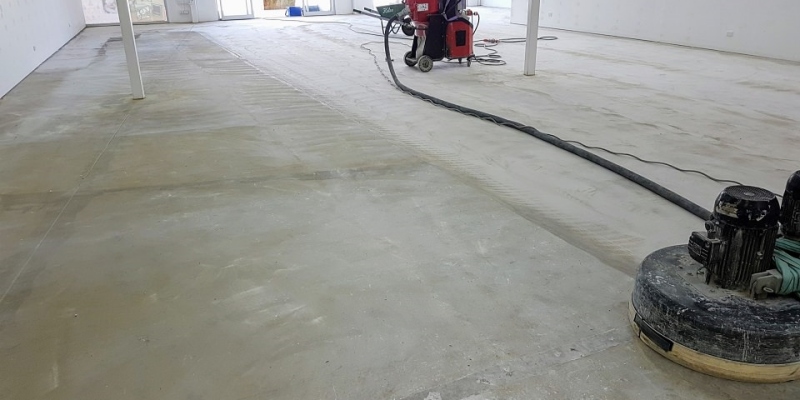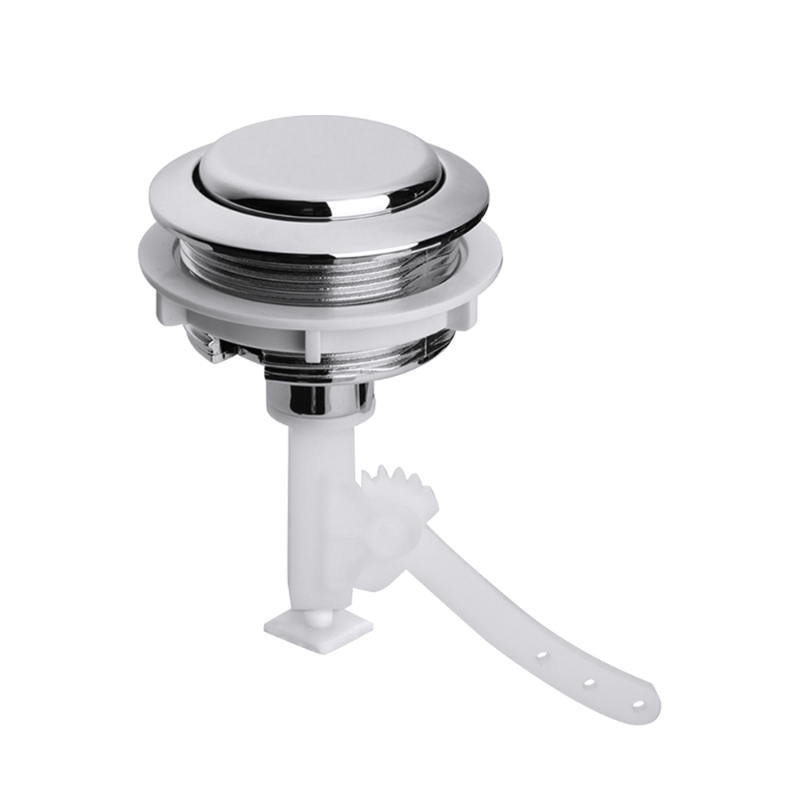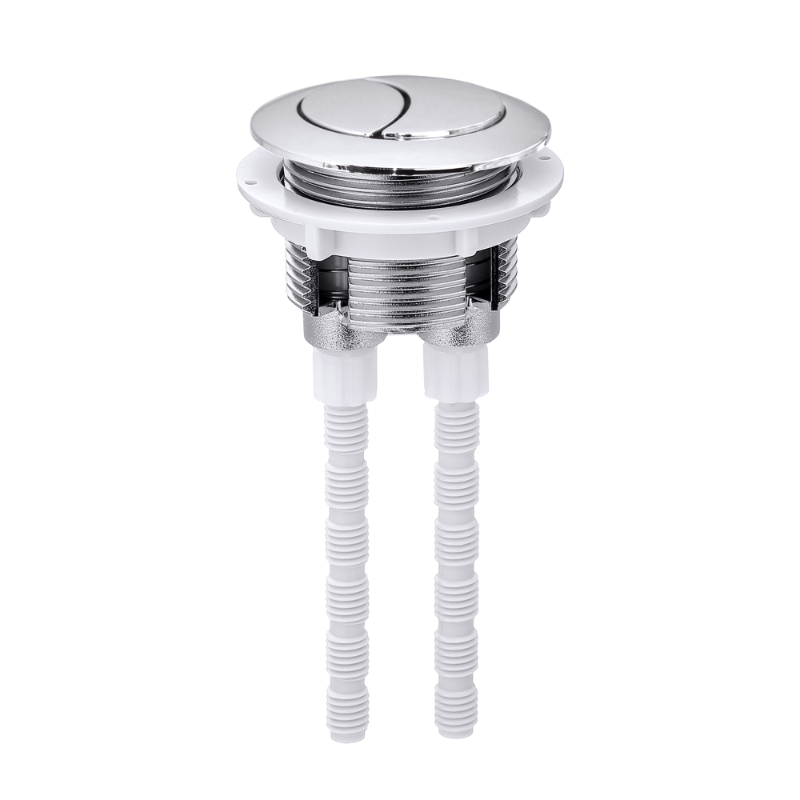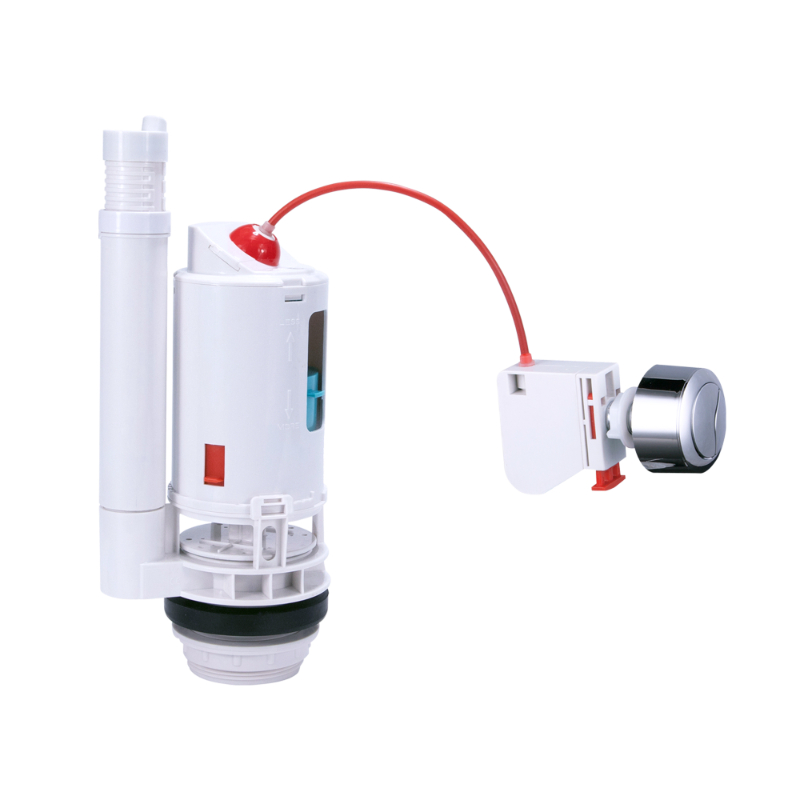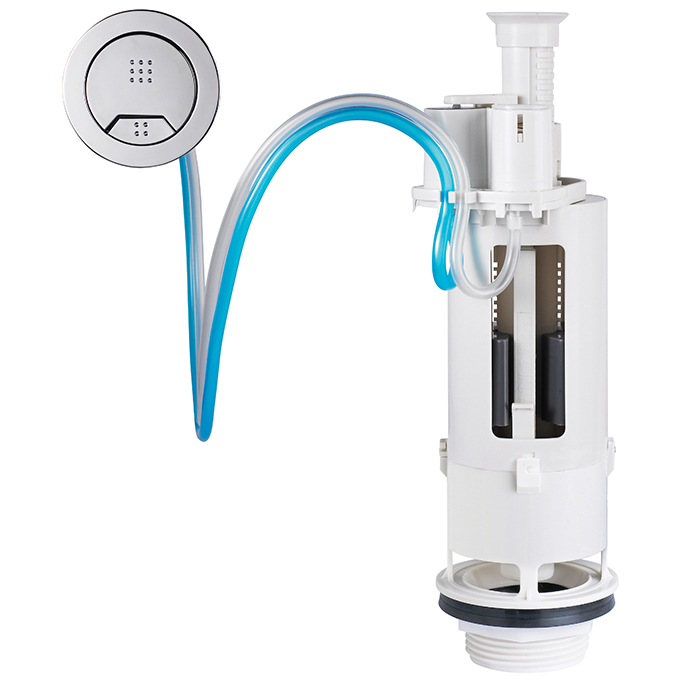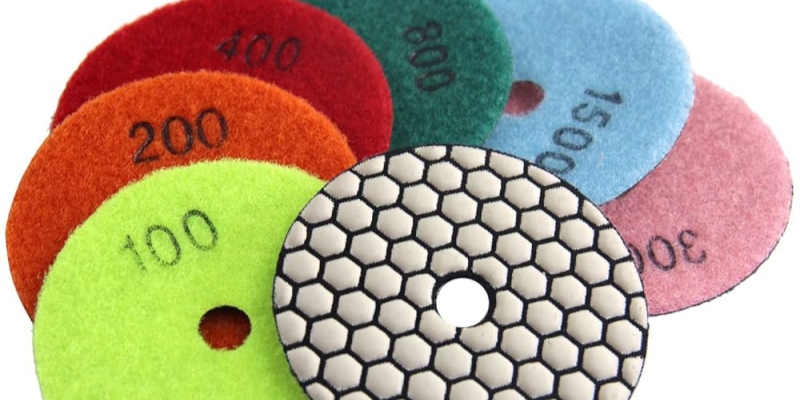What Size Flapper for Toilet?
What Is a Toilet Flapper?
A toilet flapper is the flexible rubber valve that sits on top of the flush valve opening in your toilet tank. It’s connected to the flush handle or button by a chain. When you flush, the flapper lifts, allowing water to rush from the tank into the bowl. After the flush, it drops back into place to seal the valve and let the tank refill.
If the flapper doesn’t seal tightly — which is a common issue referred to as a toilet flapper valve not sealing — water will continue to leak into the bowl, wasting water and increasing your utility bill.
Why Flapper Size Matters
Getting the correct size flapper is more important than most people realize. An oversized flapper may not sit flush with the flush valve opening, causing it to leak. On the other hand, a flapper that’s too small might not cover the valve entirely, or may shift out of place. Either case leads to a poor seal and can cause problems like inconsistent flushing or continuous running water.
In short, the wrong size flapper can lead to:
- Weak or partial flushes
- Higher water bills
- A constantly refilling tank
- Toilet flapper valve not sealing
Common Toilet Flapper Sizes
There are three main categories when it comes to flapper sizes:
1. 2-Inch Toilet Flapper
This is the most common size used in standard toilets, especially older or traditional models. If you're unsure, there's a good chance your toilet uses a 2-inch flapper.
2. 3-Inch Toilet Flapper
Larger flush valves (often found in newer high-efficiency toilets) use 3-inch flappers. These allow for a more powerful flush using less water, which makes them popular in brands like Kohler and TOTO.
3. Specialty or Custom Flappers
Some toilets use uniquely shaped or branded flush valve systems that require a specific flapper size or structure — such as flappers with wings, floats, or hard plastic designs.
How to Tell What Size Flapper You Need
There are several ways to determine the right flapper size for your toilet:
Method 1: Measure the Flush Valve Opening
Use a ruler or caliper to measure the inside diameter of the flush valve seat:
- Around 2 inches (50mm) → You need a 2-inch flapper
- Around 3 inches (76mm) → You need a 3-inch flapper
Method 2: Check the Manufacturer’s Label or Manual
Look inside the toilet tank lid or on the brand’s website. Most manufacturers will list the flush valve size, especially if it’s a selling point like “3-inch flush valve for better performance.”
Method 3: Visual Comparison
If you don’t have tools handy, use this general guide:
- If the flush valve opening looks about the size of a golf ball, it’s likely a 2-inch flush valve
- If it’s closer to the size of a tennis ball, it’s likely a 3-inch flush valve
